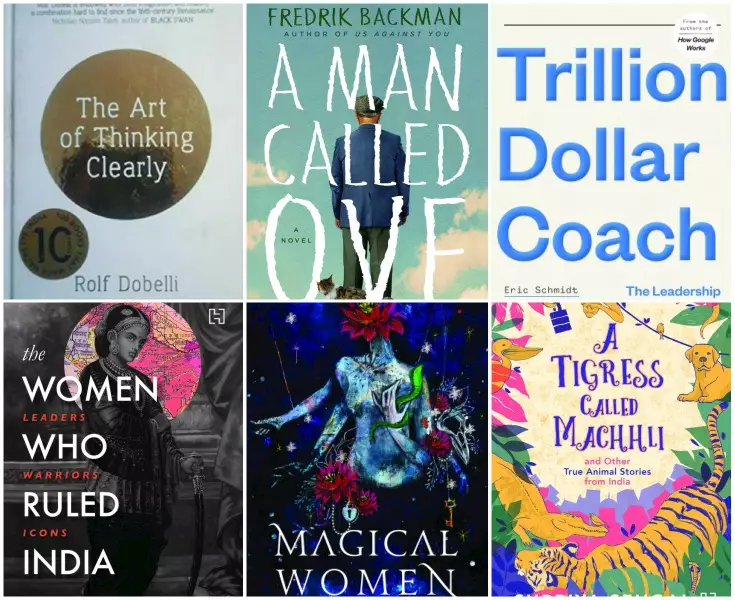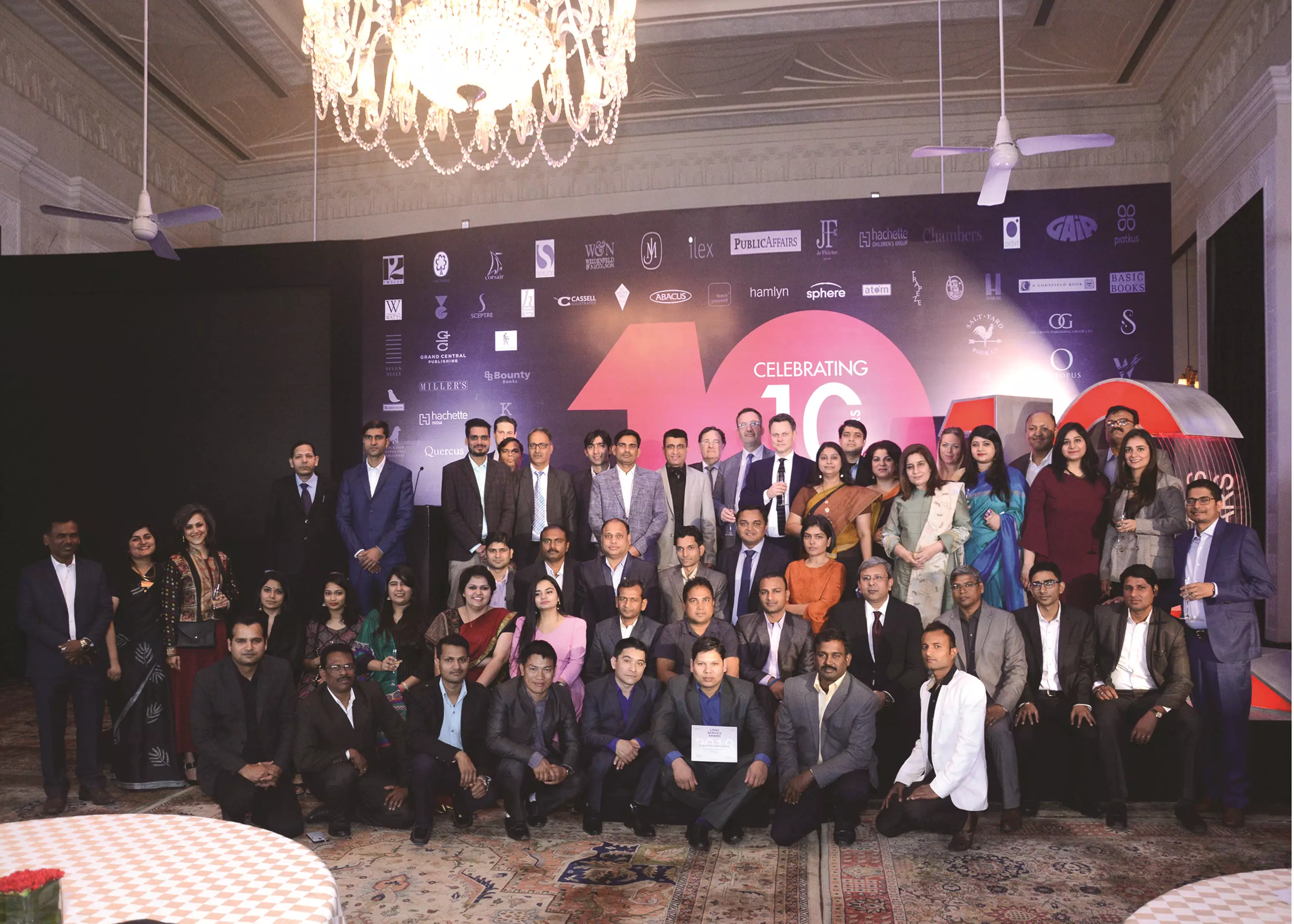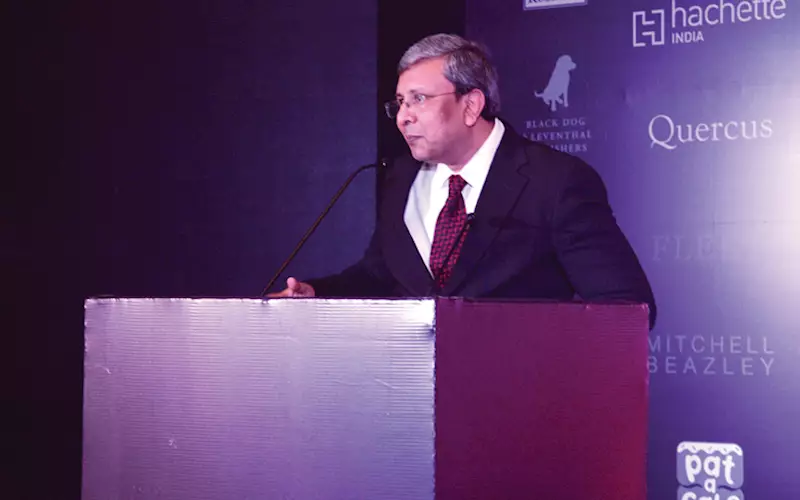Thomas Abraham, MD, Hachette India: The man who loves a good book
Thomas Abraham in conversation with Leonard Fernandes of Publishing Next, a conference which brings to the fore, unique voices in Indian languages, as well as small and medium-sized publishers
29 May 2019 | By Leonard Fernandes
Interesting 12 months for books. How did you perform?
The past two years have been steady for us, but this year has been better than usual. We clocked close to 20% growth without the aid of aberrant sellers.
You have been a publisher for some time now. How many old tenets are still relevant, and does your team follow them?
Certain fundamental tenets do not change. Today, the environment has changed a fair bit with the tech-start up culture where the emphasis is on burn rates and eyeballs, and the advent of online as a serious market segment in publishing. It all depends on your philosophy. To me, if you are a conventional publisher, which I believe all of the top 50 publishers are, then profit and cash flow are the most fundamental tenets, and any strategy and goal-setting must mirror this with a clear time-frame to achieve these. The old adage ‘turnover is vanity and profit sanity’ was never truer. That said, in a market like India, growth must be a key driver because of spiraling costs. But the business practices that we as an industry are adopting to chase growth are worrisome.
That millennials don’t like reading books is a wrong assumption. They don’t like shoddy books. If we create a good book, the millennials will read it. Your view?
I haven’t seen enough statistics. The millennials we meet are largely in publishing, so the preponderance of readers is likely to be higher. I’m not sure what the statistics will reveal in a serious and wide-ranging readership survey.
What is definite is that in the competition for time, books are losing out to the screen, whether hand-held or wall-mounted.
One book title which was a feather in your cap?
I would like to choose The Art of Thinking Clearly and A Man Called Ove, one each from fiction and non-fiction. We created these successes from scratch without any tailwind from the West or any controversy. It was a case of titles picked well for the market, planned, promoted, and campaigned well with evident results. The former has topped 200,000 copies and the latter is heading towards 50,000.
Is there a book published by someone else that you wish you’d created?
So many! The Blaft Anthology of Tamil Pulp Fiction would top my list.
One thing about Indian books which is most underrated?
I can’t really think of anything. Today, we match international standards in quality of writing and production, and that is universally accepted.
If you could make a change to a rule you’ve followed over the years, what would it be?
‘Listen to the market’ where market is equated with trade feedback. Today, one can rely on the ‘market’ for a lot of information and some knowledge, but it can’t be banked upon for insight. In trade publishing particularly, we need to go with one’s own hunches and insight. India is unique among publishing markets, in that 99% of those calling the shots in business are not readers.

Which is your least favourite part of book printing?
That we don’t have the volumes to drastically change turnaround times. It has hugely improved but is still a far cry from a Timson turnaround of two days.
The government is vigilant about green and waste management. How has the print industry responded?
I’m not sure the government is actually vigilant about anything. Vigilance presupposes identification of a problem, careful research, examination of timelines and ramifications, and a planned roll out. Here, everything is done knee-jerk with no real thought; whether it is planning to run CNG buses overnight or a sudden ban on plastic in select states.
What’s the one waste process you are keen to know more about?
Reducing paper wastage from offbeat sizes.
One exciting title to look out for in the summer season?
Take five depending on your taste: Trillion Dollar Coach (business book about the coach who mentored almost every major business superstar), Magical Women (an amazing anthology of women writing on women of myth, horror and the supernatural), The Silent Patient (a page-turning thriller that’s storming the US charts), The Reunion by Guillaume Musso (penned by France’s number one crime writer), and A Long Night in Paris by Dov Alfon (Waterstones has picked this as their June Book of the Month).
What will the Indian publishing industry look like, 25 years from now?
Hopefully, much better as there clearly is a growth trajectory. But publishers need to stand up to redefining terms from the complete capitulation we’ve seen over the past decade in every single sphere — author advances, discounts, returns, collections — they are getting short shrift. There has to be a move to better pricing and margins if the industry is to thrive and have money left over to defend IPR and spend on building readerships. But this will happen — there may be a churn in the short term as the current wheel turns full circle — but finally it will come together. In 25 years, I would hazard a guess that we will see even more consolidation, a mix of big and small publishers, with very little room for the medium.
One author you would like to shoot a selfie with at the Delhi World Book Fair?
I am not into selfies. Though there may be many authors I would like a book signed by.
Your favourite five books?
I’d have to give you by my top five genres, as one can’t compare across them.
Literary: The Good Soldier Švejk by Jaroslav Hasek, The Seed and the Sower by Lawrence van der Post, If on a Winter’s Night a Traveler by Italo calvino, Embers by Sandor Marai, My Name is Red by Orhan Pamuk.
Thriller-crime-mystery: A Taste for Death by Peter O’ Donnell, Black Water Lilies by Michel Bussi, The Four Just Men by Edgar Wallace, Department of Dead Ends by Roy Vickers.
Children’s: Emil and the Detectives by Erich Kästner, Maniac Magee by Jerry Spinelli, The Taranauts series by Roopa Pai, All of Billy Bunter, Lone Pine Five by Malcolm Saville.
General/Light: Quick service by PG Wodehouse, Don Camillo by Giovanni Guareschi, Confederacy of Dunces, Groucho Marx’s letters.
Speculative Fiction: Ender’s Game by Orson Scott Card, most of Philip K Dick, The Simoqin Prophecies by Samit Basu, The Mars Chronicles by Edgar Rice Burroughs.

Quick questions
Sheetfed or Web offset? Sheetfed
Gutenberg or Senefelder? Gutenberg
Frankfurt or Boston? Boston
Paper or Kindle? Paper, and Kindle for long travel
Hotmelt or PUR? PUR for personal handling (the suppleness), but hotmelt for practicality
Secondhand or brand new? Secondhand
Volume or POD? POD for personal favourites that are difficult to find, and volume as a publisher
Paperback or Hardcase? Paperback
Inline or offline? Inline
Inkjet or UV? UV
Nobel or Jnanpith? The Man Booker and Pulitzer











 See All
See All